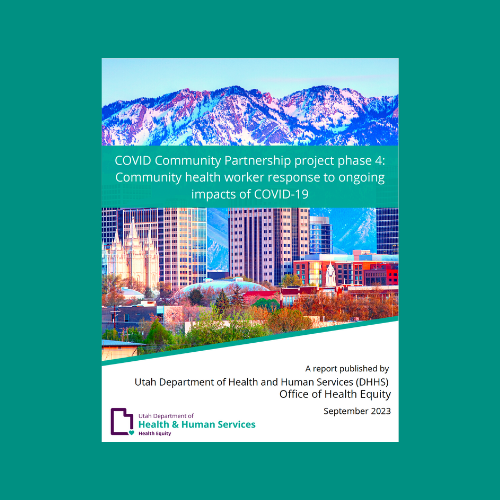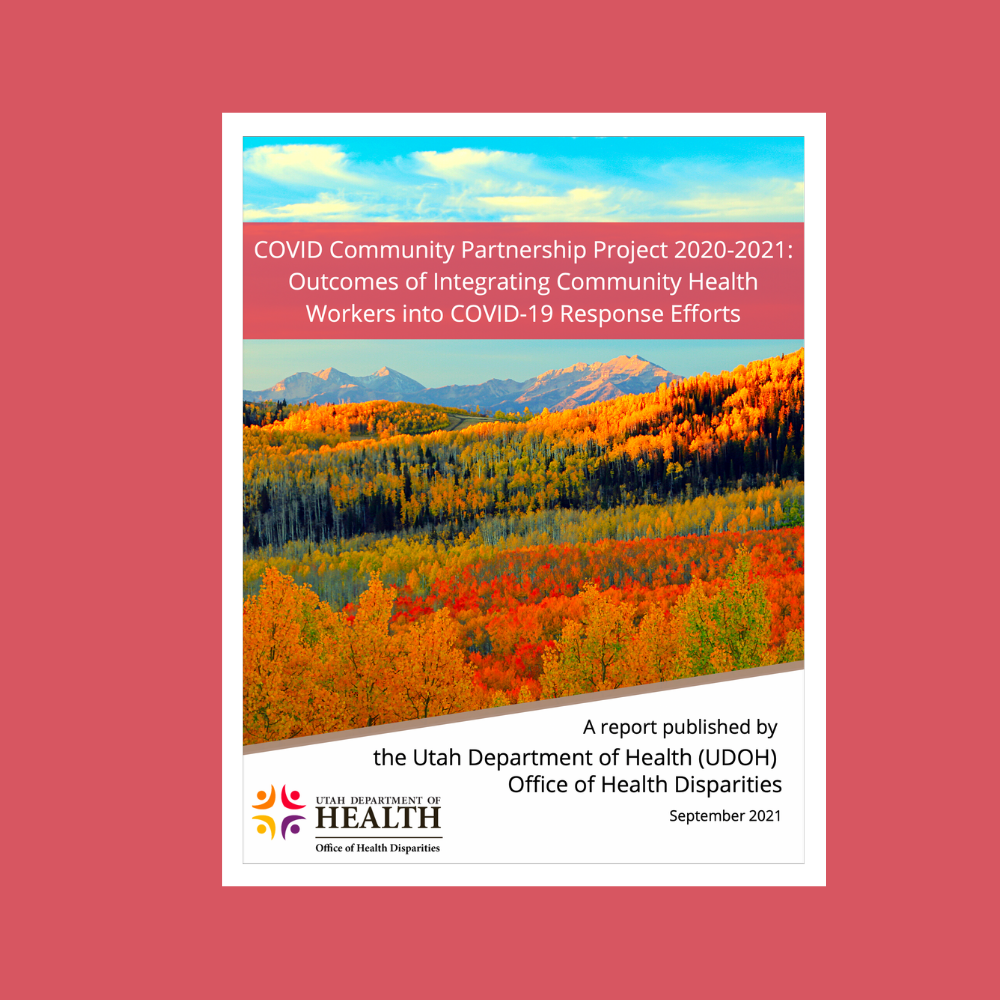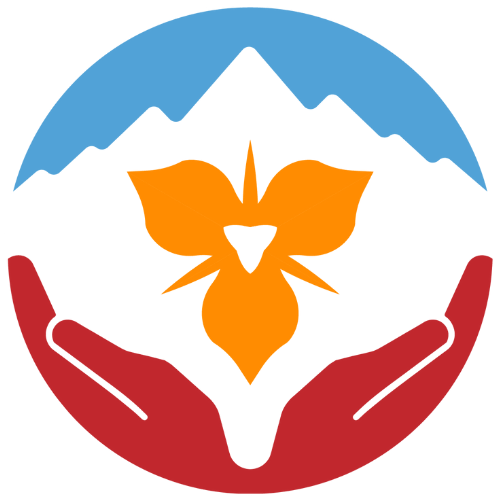DRIVING IMPROVEMENTS IN UTAH'S HEALTH OUTCOMES
Introduction
Utah has been a leader in health care for many years. The state is known for its healthy populations, low cost of health care, and innovative practices. 1 The state, payers, and providers have a common goal to keep its citizens, members, and patients healthy and to provide high quality care. In alignment with this goal, the state has an initiative to increase engagement of community health workers (CHWs) by developing standardized training and a supportive professional development network.
Community health workers are frontline public health workers who serve as a bridge between patients, health care providers, and social service providers. They provide support and implement strategies to improve individuals’ health. Organizations within Utah refer to CHWs by a variety of terms, including care guides, care transitionists, community connectors, family service specialists, case managers, advocates, promotoras, and peer support specialists, among others.
As the number of CHWs within the industry grows, their contributions to healthy populations are being increasingly recognized. According to the U.S. Department of Labor, the number of CHWs in the United States has grown by 36 percent since 2012 and is predicted to increase an additional 18 percent by 2026.
Where are Utah’s community health workers found?
A recent environmental scan conducted by the Utah Department of Health indicated that many organizations in Utah are seeking to improve health outcomes by employing CHWs. Survey results showed that CHWs are engaged or employed in every county in the state—with Salt Lake, Utah, and Davis counties having the highest concentration—and are found in a variety of setting, including hospitals, medical clinics, health plans, schools, government agencies, and other community-based organizations.
The U.S. Department of Labor estimated that in May 2016 there were 550 CHWs in Salt Lake City and Ogden. 3 However, the number of CHWs is often underreported because of the nature and variability of the position. The lack of standardized training and certification programs, core competencies, and scope of work throughout the state and nation contributes to the difficulty in tracking how many CHWs are employed within their communities.
"In Utah, CHWs help the state reach its health care goals and the Triple Aim (improved health, improved care, and reduced costs) by focusing on the needs of individuals. Community health workers provide education about disease prevention and lifestyle modification, informal counseling and coaching, and extended support to targeted individuals. They have the potential to increase self-sufficiency and build community capacity by acting as a link between patients and their providers and other community resources".
How do community health workers benefit Utah’s communities?
The role of a CHW is unique within each health care community. In Utah, CHWs help the state reach its health care goals and the Triple Aim (improved health, improved care, and reduced costs) by focusing on the needs of individuals. Community health workers provide education about disease prevention and lifestyle modification, informal counseling and coaching, and extended support to targeted individuals. They have the potential to increase self-sufficiency and build community capacity by acting as a link between patients and their providers and other community resources. Common CHW roles within Utah, as expressed in the recent environmental scan, include promoting health literacy, hosting health education activities, facilitating goal setting and action planning, providing one-on-one and group education and counseling, addressing individual basic needs, supporting care coordination and case management, scheduling health care and community appointments, mentoring, and connecting individuals to community resources.
Community health workers are able to build a relationship of trust that improves interactions and garners successful outcomes because they are often members of the populations and communities with which they are working; they speak a common language, come from a similar culture, and have a deeper understanding of the populations’ needs. Duties of CHWs have been implemented across many organizations in Utah. In some cases, the job functions are split up among several staff, such as nurses, social workers, doctors, or other clinical workers. However, many organizations are increasingly engaging specific individuals (CHWs) to carry out the full scope of services.
The individuals best served by CHWs often have diverse and complex needs, requiring a greater degree of care management and support. These needs may be in the form of multiple chronic conditions, non- English-speaking immigrants, functional limitations, behavioral health challenges, or complex social needs, such as lack of housing, food, or supportive personal relationships. 4 CHWs are uniquely trained and positioned to address these social and care management needs of the patients, while allowing nurses, physicians, social workers, and other licensed workers to practice at the top of their license by focusing on diagnosis, treatment, and administration of care.






